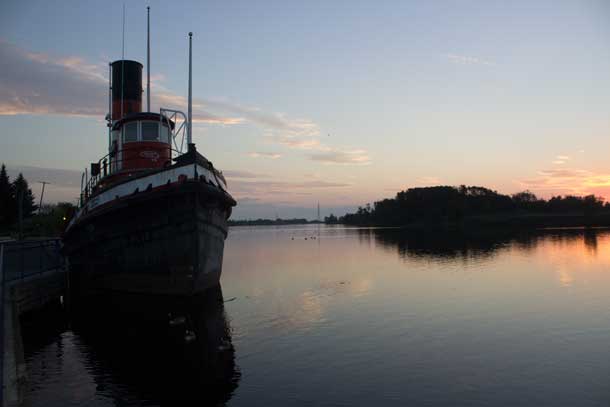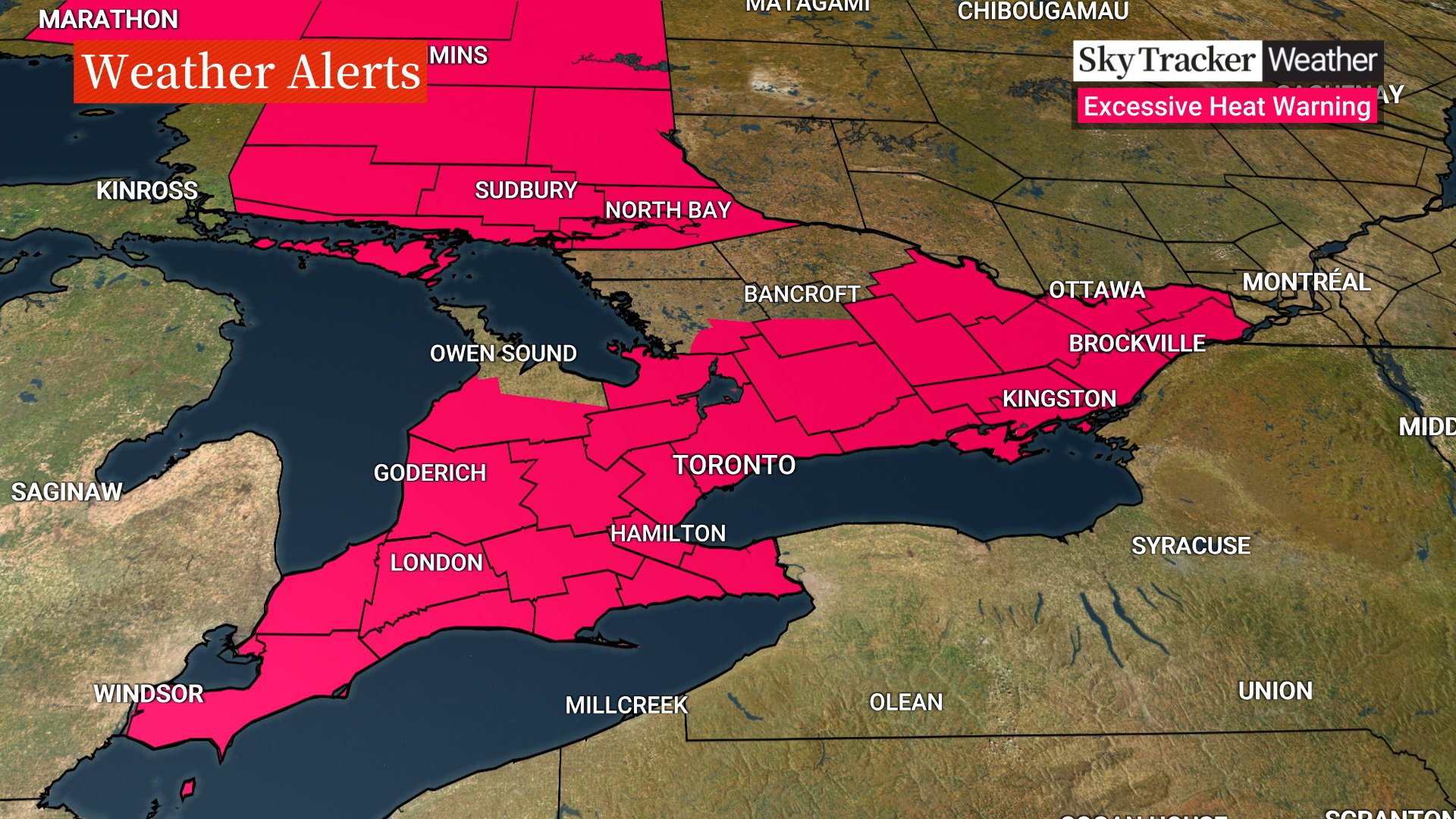City Council Finalizes Kam River Heritage Park as Site for Temporary Shelter Village
After extended debate, Thunder Bay City Council has officially approved Kam River Heritage Park as the location for a new temporary shelter village. The final ratification came during Monday’s meeting, following a vote last week to move forward with the project.
The planned village will include approximately 80 mini-cabins to serve as transitional housing. Construction is expected to begin in July, with the first residents moving in by fall. The city has allocated $5.5 million for construction and $1.5 million annually for operations. If the project stays on schedule, Thunder Bay could receive up to $2.8 million in external funding.
Councillors expressed the difficulty of the decision. “I think all members of council struggled with the decision,” said Current River Councillor Andrew Foulds. “It was extraordinarily difficult. But what’s clear is that every member of council, and our administration, cares deeply about this community.”
The Kam River site was recommended by city administration due to its proximity to support services and the presence of an existing encampment.
With the site now approved, the city will issue two requests for proposals—one for construction, and another for a third-party operator to manage the village. “The city isn’t going to be running this,” Foulds clarified.
However, not everyone agrees with the mini-cabin model. Dr. Carrie Anne Marshall, associate professor at Western University and director of the Social Justice in Mental Health Research Lab, voiced concern about the trend toward using sleeping cabins as a solution for homelessness.
“There isn’t enough evidence to support the widespread use of sleeping cabins, and yet millions are being invested across North America,” she said. Marshall distinguishes between mini-cabins and tiny homes, the latter offering more complete amenities. In contrast, mini-cabins often lack integrated features like running water or kitchens and can resemble insulated sheds.
Marshall also highlighted the high costs and logistical complications of such projects. She pointed to examples in Hamilton and Kingston where similar initiatives significantly exceeded budgets and failed to offer long-term solutions. In Kingston’s case, the cost per person reached over $7,000 per month.
She advocates instead for a housing-first model that prioritizes permanent, deeply affordable housing. “Temporary solutions often become long-term by default, diverting funding from permanent options,” she warned.
Marshall emphasized the need to create more dignified shelter spaces with a focus on safety and privacy while long-term housing becomes available. “It’s not necessarily about spending more money,” she said, “but about changing how we design and operate shelters.”


